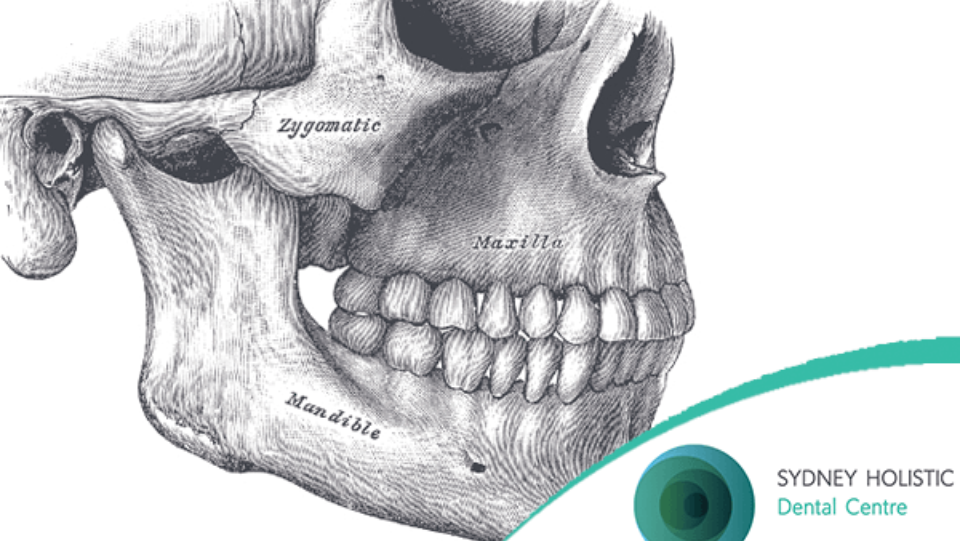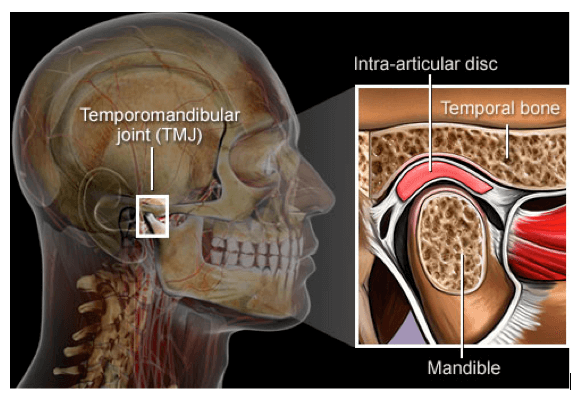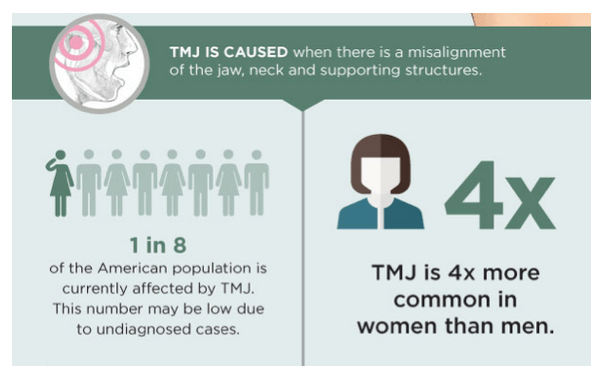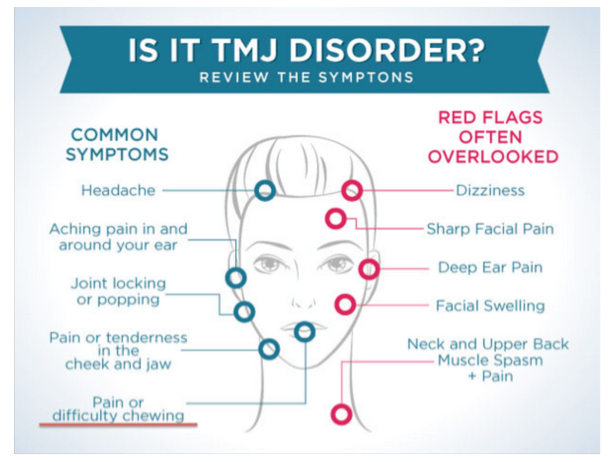The importance of jaw joints
The importance of jaw joints

Jaw joints play a crucial role when chewing. The temporomandibular joint (TMJ) is located at the front of the middle ear with a pressure-bearing disc separating the jawbone (mandible) from the skull (temporal bone). The disc within the jaw joint has evolved to absorb the heavy load of chewing and doesn’t contain nerves or blood vessels. If your jaw clicks, it indicates the disc is out of place. If this is the case, you might compensate by eating too quickly because your jaw tires out more easily.
Above: the location of the TMJ (left) and the close up of the disc separating the jawbone from the skull (inset).
Above: While 1 in 8 of the American, and most probably similar in Australia is currently affected by TMJ (jaw joint dysfunction), this number may actually be much higher due to undiagnosed cases. The fact that over 95% of the population in western societies have some degree of narrow jaws or crowded teeth, it would not be unreasonable to assume the jaw joint was often compromised.
Above: TMJ (jaw joint) disorders are always assessed by the degree of pain a person has, but a common symptom to be overlooked, particularly when there is no pain associated with it is ‘difficulty chewing’, and it’s a point that may also be contributing to you not chewing food properly and subsequent digestion problems.
For more information on our approach to jaw joint issues click here.





